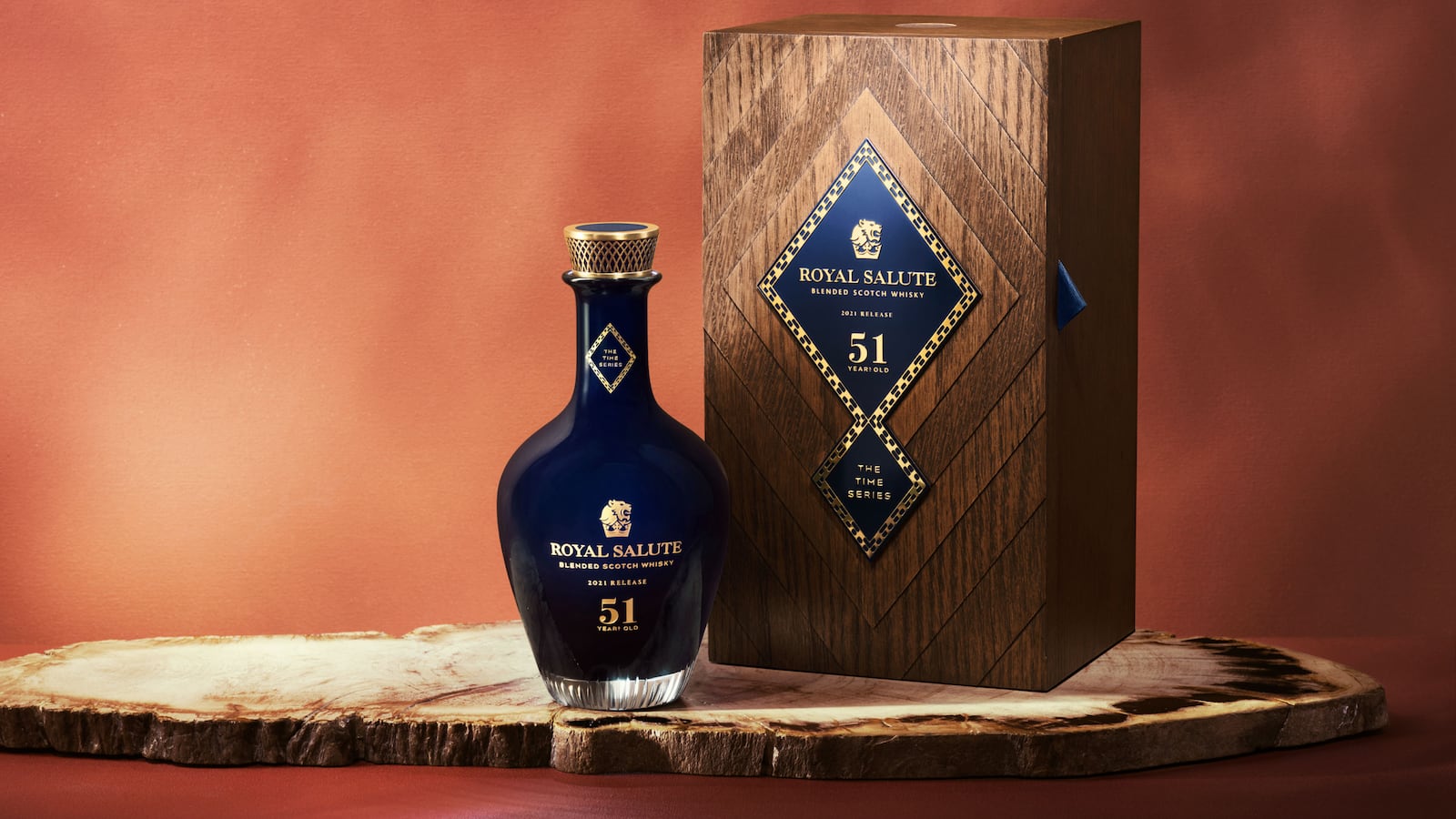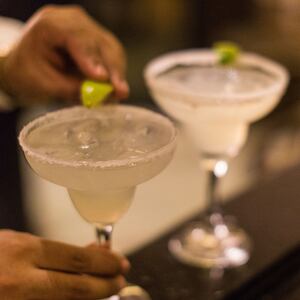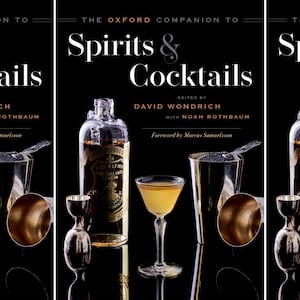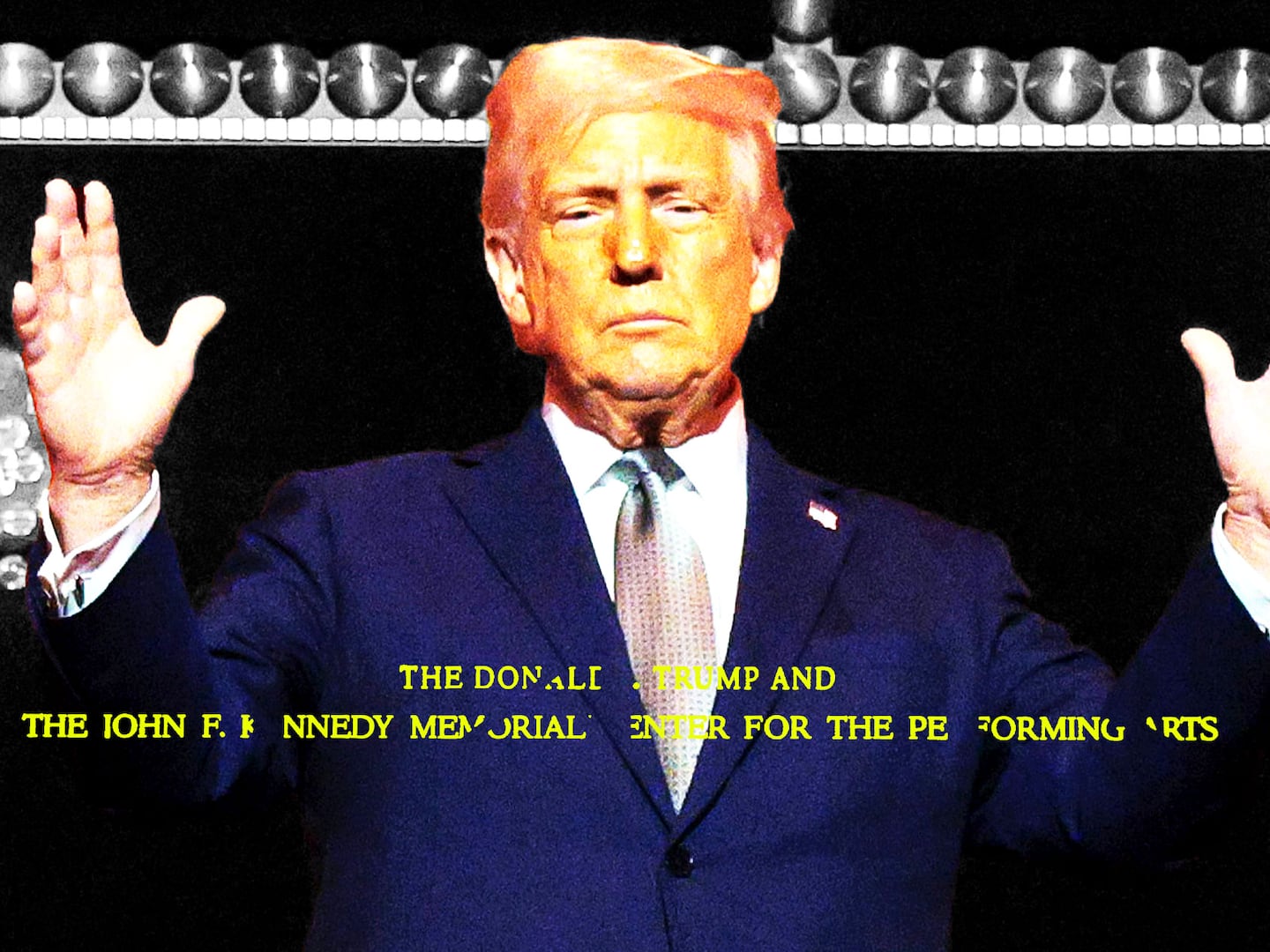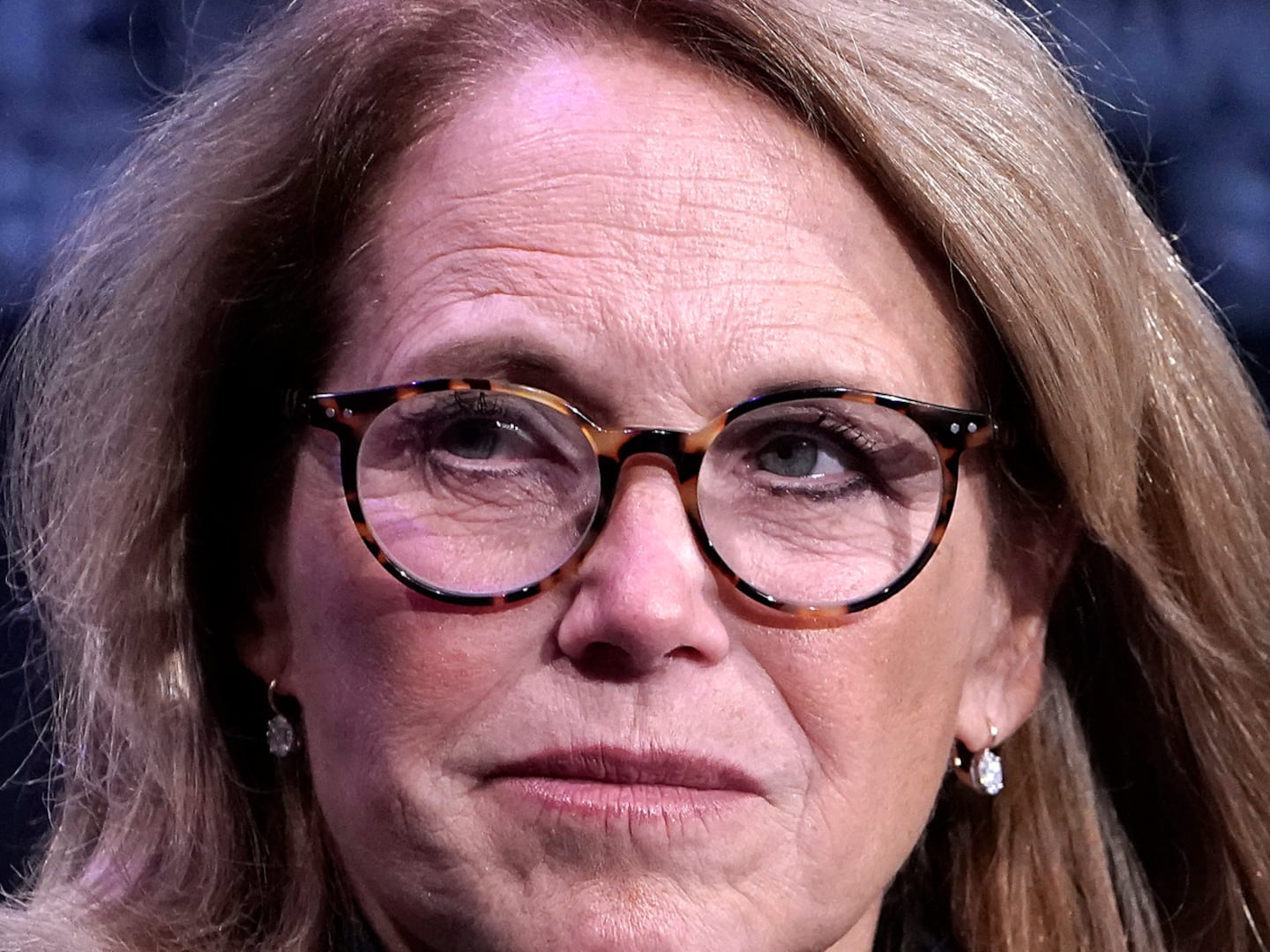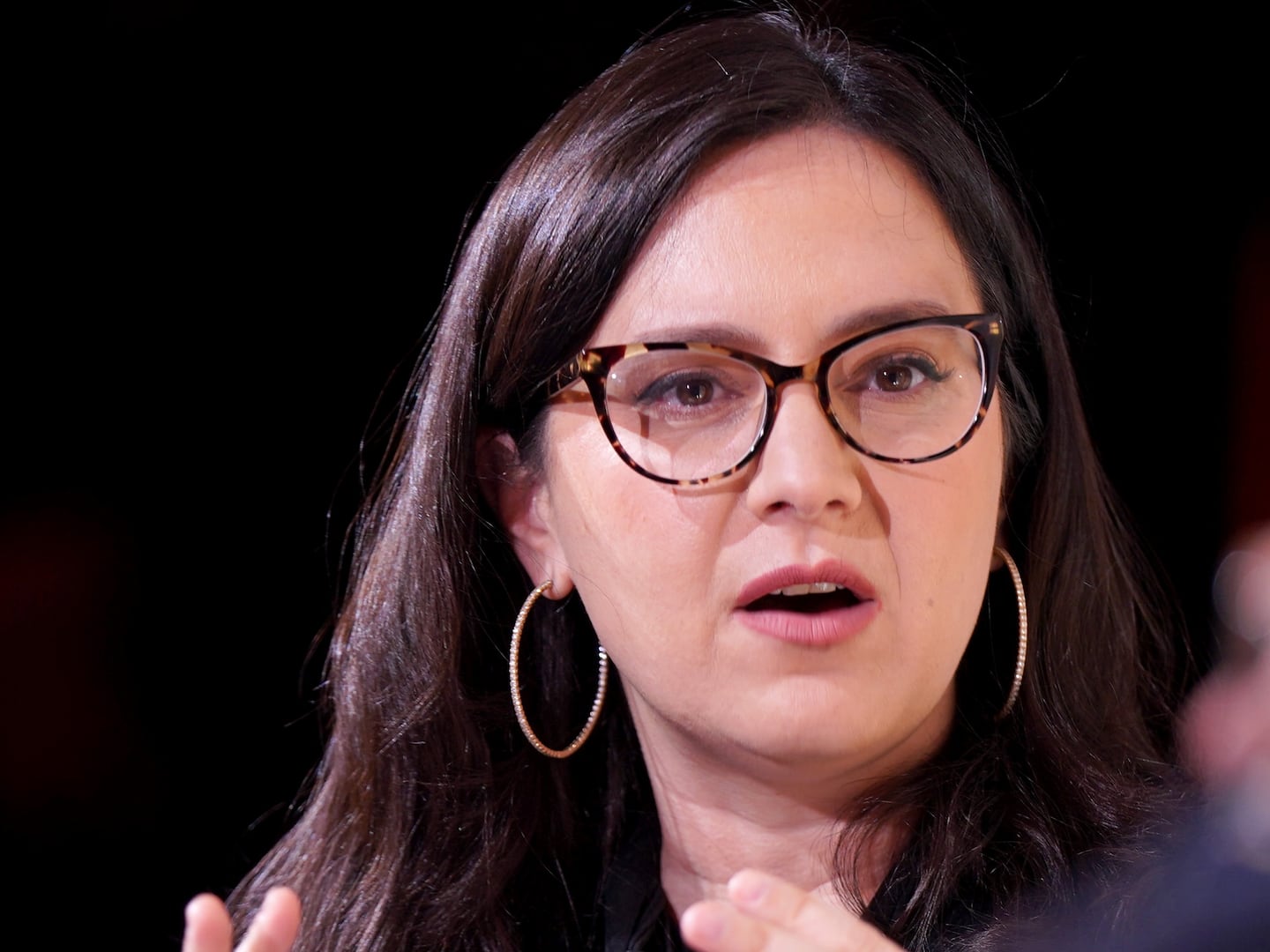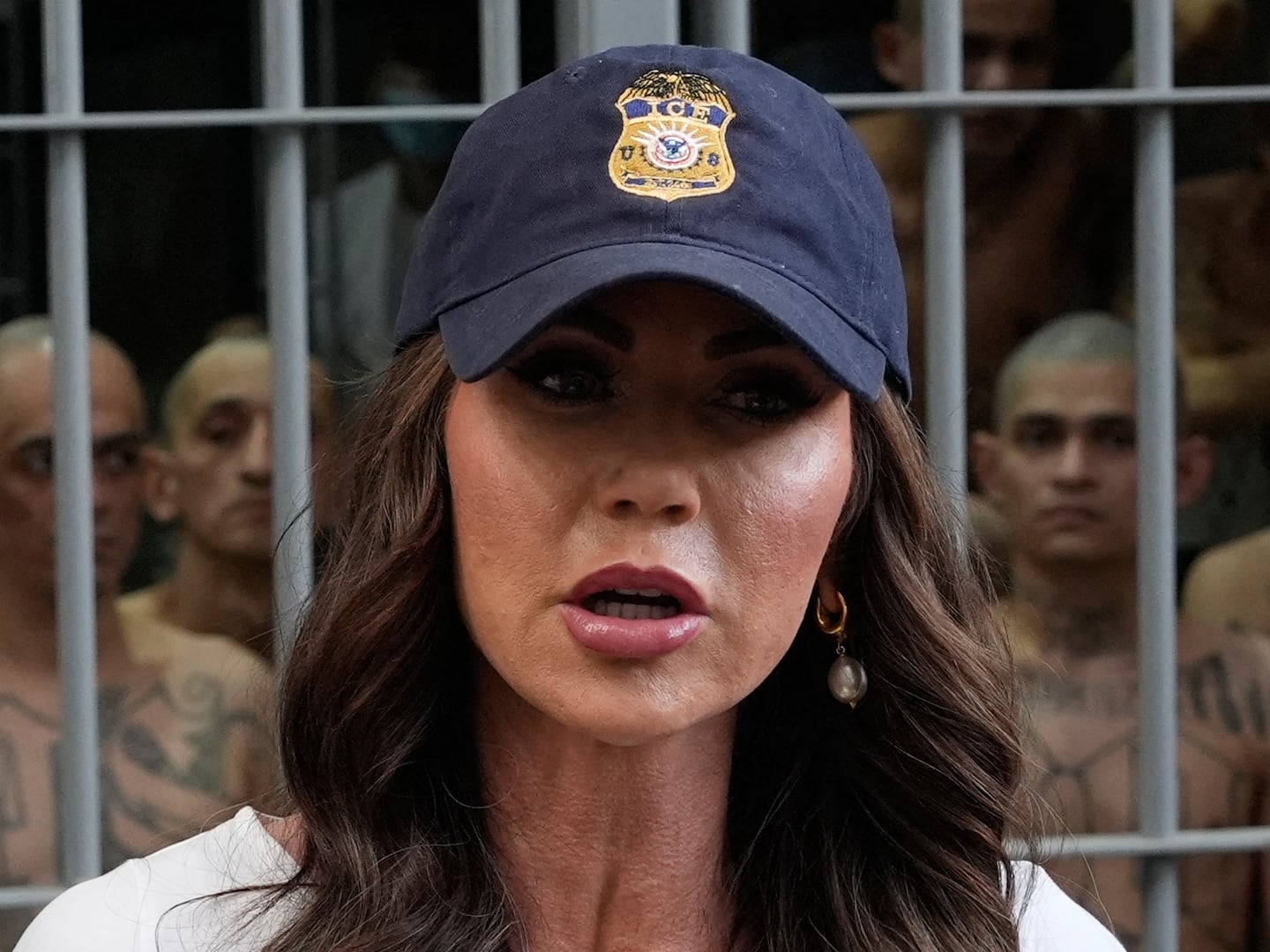Even though I write about booze for a living, every time I go into a liquor store, I’m shocked by how much prices have increased during the past decade. What once was an affordable luxury is quickly becoming an unaffordable luxury.
What has driven this price inflation? Some of this is an issue of supply and demand. There is a fixed supply (whiskey requires years of aging before its mature) and demand has increased as there is now a much broader appreciation of the category.
I would also argue that there is now an incredible force from the top down. During the last decade, the top shelf has reached meteoric heights. There are now bottles of super-old whiskies that fetch tens of thousands of dollars. And so, if a 50-year-old Scotch sells for $25,000, well, $150 for the 12-year-old version almost starts to look like a downright bargain.
But what are those $25,000—and up!—whiskies really like? How can they possibly be worth the money? And how can a whiskey age that long without tasting like wood?
Whiskies this old don’t come with just an age and a whopping price tag, like all ultra-premium spirits some of their appeal is in their fascinating back story. Whiskey is a spirit that moves through time, creating a remarkable provenance in its wake and provides modern drinkers with a taste of liquid history.
Read on to learn more about this new generation of incredibly expensive whiskies.
Midleton’s Very Rare Silent Distillery Collection Chapter Two bottling is a 46-year-old Irish single pot still whiskey put together by Kevin O’Gorman, the master distiller at Irish Distillers.
This past spring there were just 70 bottles of this special whiskey released worldwide. (There will be approximately that many bottles in the Chapter Three release later this year.) There was, as I wrote this, one left for sale at the distillery, for a price of €40,000 (about $45,000).
The Midleton Very Rare Silent Distillery Collection is a series of six whiskies, all different, from the Old Midleton distillery, which was decommissioned in 1975. (Collectors love to buy whiskies that were produced by now defunct distilleries!) O’Gorman paid tribute to the master distillers that came before him and who laid down and shepherded these whiskies: Max Crockett, who started at Old Midleton in 1946 and distilled the actual spirit; his son Barry Crockett, literally born on the distillery grounds, who transferred the whiskey to a series of bourbon, sherry and port casks; and Brian Nation, who oversaw the whiskey’s final aging in a bourbon barrel.
You may not think of Irish whiskey when you think of ultra-aged whiskey—I didn’t, except for the early Knappogue Castle releases 20 years ago—but O’Gorman says that will change. “The Midleton Very Rare Silent Distillery Collection is untouched in terms of age in Ireland and moves MVR and indeed Irish whiskey further into ultra-age statement whiskey,” he said. “Distilled during a time of great uncertainty for the Irish whiskey industry, this collection will open the door for other luxury Irish whiskies to follow.”
Luxury Irish whiskey certainly follows in the footsteps of Scotch, which has pushed the boundaries of aging whisky beyond what was thought possible. So, I was very excited to taste the recently released Glen Grant 60-Year-Old Single Malt in a Zoom session with legendary master distiller, Dennis Malcolm, OBE. Malcolm started working at the distillery as an assistant cooper in 1961, the year this whisky was made. He’s moved around a bit, but the whisky has spent the last 60 years in a single oloroso sherry butt that’s sat undisturbed in a quiet warehouse in Scotland. That’s a large part of why the whisky could go that long.
“We always felt the cask was very important,” Malcolm said. “When I was a young cooper’s apprentice, the cooper would have us unbung each new cask and blow into it, to smell the cask. Every cask is still nosed, so you put good whisky in good wood.”
The “butt” part is important as well, since it held around 500 liters, as compared to the 240 liters of a typical hogshead barrel or 200 liters of a typical used bourbon barrel. A jumbo cask has a few advantages: the rate of aging is slower, since there is less wood contact, and there is less overall evaporation.
At 60 years old, the single malt was beguilingly fresh and unburdened by the heavy, astringent oak that overtakes so many older whiskies. Some of that was because of the cask, Malcolm said, while some of it was down to the exceptionally light spirit distilled at Glen Grant in the 1960s. But there is a price for such a unique whisky €25,000 ($28,000) and there were just 360 bottles for the world.
While most of the extremely old and extremely expensive Scotches are single malts, there is also the 51-year-old Royal Salute Time Series II Blended Scotch Whisky ($30,000).
Royal Salute goes back to the coronation of Queen Elizabeth II in 1953. Sam Bronfman, the co-founder and head of Seagram’s (once a huge drinks company), decided, in the words of Royal Salute master blender Sandy Hyslop, “to make an absolutely fabulous whisky for the queen’s coronation. It was so well received that it became a permanent bottling. And it’s never been sold at less than 21 years.”
The Time Series II adds 30 years to the brand’s standard age. Hyslop and his team literally built the entire blend in their blending room and hand filled 101 beautiful blue bottles. The packaging of the Scotch reflects that rarity. “It’s quite something to have in the Darlington crystal flask, and the oak box of five layers of wood to note the five decades,” he said.
When Hyslop learned that I’d never tasted Royal Salute before, he warned me, teasingly, that once I’d had it, I’d have to have more, and there’s something to that. This is a blend of layered, reverential depth, a whisky that absolutely rewards slowing down and doing nothing but enjoying the moment. I may well be hooked.
If we’re going to get personal, there’s something truly singular about the Yamazaki 55-Year-Old. It’s not that it’s the oldest Japanese whisky ever bottled, or that there are only 100 bottles of it, priced at $60,000 each. This bottle contains whiskies laid down under the supervision of Shinjiro Torii, the man who started the revered Japanese whisky company in the early 1920s.
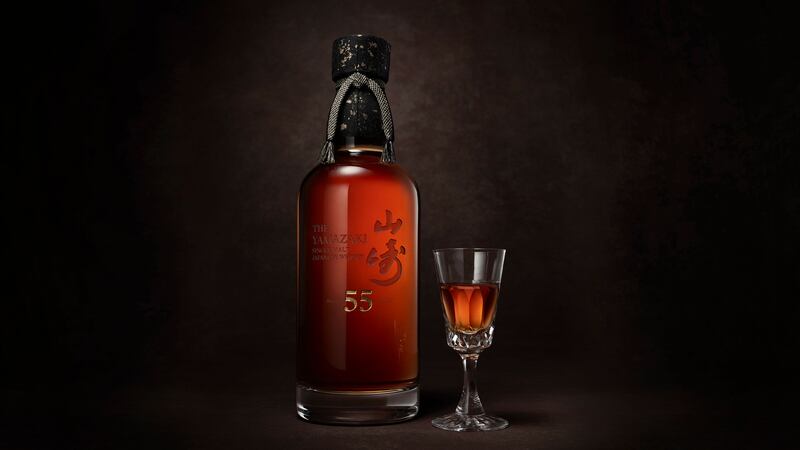
I talked to the Yamazaki senior brand ambassador, Gardner Dunn, about why these whiskies aged so long. “I think any distillery will put aside barrels to see how far it can go,” he said. “It’s the blender’s dream: how far can we take this?”
The Yamazaki 55-Year-Old has an ace in the hole in that game—mizunara oak, a Japanese species that is incredibly rare. Out of the tens of thousands of whisky casks laid down each year at Yamazaki, perhaps just 130 will be made from mizunara oak.
Mizunara also doesn’t express its character best until the whisky has aged 20 years or more, when its signature sandalwood notes emerge. Yamazaki distillers first used the mizunara when they couldn’t get American or Spanish oak in the mid-20th century.
“It was kind of cast aside, because after year and year it wasn’t giving the yield they wanted,” Dunn said, paraphrasing what he’d been told by the company’s blenders. “They forgot about the barrels. Then in 1986, they stumbled on them, and by then it was 25 to 30 years old. It was an epiphany. They started researching it and using barrels and waiting for it to mature.”
One of those early barrels is the core of the 55-year-old. They took a mizunara cask from 1960 and combined it with whisky distilled in 1964 that was aged in a used bourbon barrel. The blend of whiskies and oak species balances the two influences. Again, it’s quite a story.
The youngest whiskey in this generation of well-aged bottles is only 25 years old, but in bourbon years, that’s reaching the far end of the scale. Michter’s only releases a 25-year-old bottling when it has whiskey good enough to declare a vintage. The current bottling came out in 2020; the last one before that was in 2017. And before that? 2008!
Michter’s is open about the fact that this whiskey was bought from another distillery; their own Shively, Kentucky, distillery only started production in 2012. And Michter’s has consistently impressed me in finding and bottling excellent whiskies. But a 25-year-old bourbon?
“To find 25-year-bourbon nowadays in Kentucky is extraordinarily difficult, if not impossible,” said Michter’s president Joe Magliocco. Bourbon of this age has never been common—it just evaporates too fast and what’s left is often undrinkably woody.

“We have a protocol aimed at ensuring that our older offerings are not overly woody,” said Magliocco. “When barrels turn about 15 years old, our Master Distiller Dan McKee and Master of Maturation Andrea Wilson sample them more frequently. If Dan and Andrea feel that a particular 19-year-old barrel is at its peak and will decline in quality with further aging, they stop the aging. They don’t keep it in the wood barrel just because it would be nice to have more 20-year or more 25-year to sell. So, we just don’t know years in advance when the next Michter’s 25-year-old bourbon release will be.”
I can tell you it will be worth the wait; the 25-year-old is exceptional, deep and rich, with spicy notes of cinnamon, allspice and luscious vanilla, but still some crisply acidic berry to keep it lively. You’ll have to make your own decision on whether it’s worth the money. Listed at $1,000 suggested retail when it came out in November of 2020, bottles now are running around $10,000 and up.
The oldest bottle currently available, and one of the very oldest whiskies ever offered for sale by the bottle, is the Gordon & MacPhail 80-Year-Old Glenlivet Single Malt Scotch.
This venerable independent bottler—which still operates its grocery store in Elgin, Scotland, with a treasure room of rare whiskies—has a tradition of bottling extremely old Scotches, and this is perhaps the pinnacle of their craft.
I’m afraid I may have slightly upset Gordon & MacPhail’s director of prestige Stephen Rankin by asking if the Glenlivet had reached 80 years of age accidentally, by being “forgotten,” as is often the questionable story of such whiskies.
“It was certainly not an error,” he said. “George Urquhart and his father, John, had the extraordinary foresight and vision to lay down spirit from Glenlivet distillery in a bespoke Gordon & MacPhail cask to be enjoyed after his lifetime by future generations.” Then Rankin laid down the details in an astounding manner; talk about a story.
On February 3, 1940, “the spirit from the Glenlivet distillery was filled into Gordon & MacPhail’s own cask,” he said. “The cask was made in Jerez by Williams & Humbert. It initially held mosto (freshly pressed grape juice), then sobretables (new wine post fermentation) before being emptied and filled with mature sherry for bottling in the U.K. [It was] a first fill sherry butt, made of American oak. This cask has been carefully nurtured by the experts at Gordon & MacPhail for 80 years before being bottled.”
It reveals an incredible amount of focus to have filled a cask with new make spirit in February of 1940 in Scotland. There were a few other things going on that month; on that same day, for instance, the first German war plane was shot down over England.
There were 250 bottles of this limited single malt, but most of them were snapped up pre-release by deep-pocketed collectors (and investors, one assumes). There are still a “very limited” number of decanters available at the Gordon & MacPhail store in Elgin; the price is £80,000 (about $108,000).
“Urquharts’ passionate belief that each cask he filled needed to be left to reach its full potential, undeterred by commercial pressures. Only when the whisky was deemed ready should it be shared,” explained Rankin.
And if you do have the wherewithal to purchase one of these incredibly expensive bottles, keep that in mind whiskey is always best—not neat, or with a few drops of water, or with ice—when it is shared with friends.

